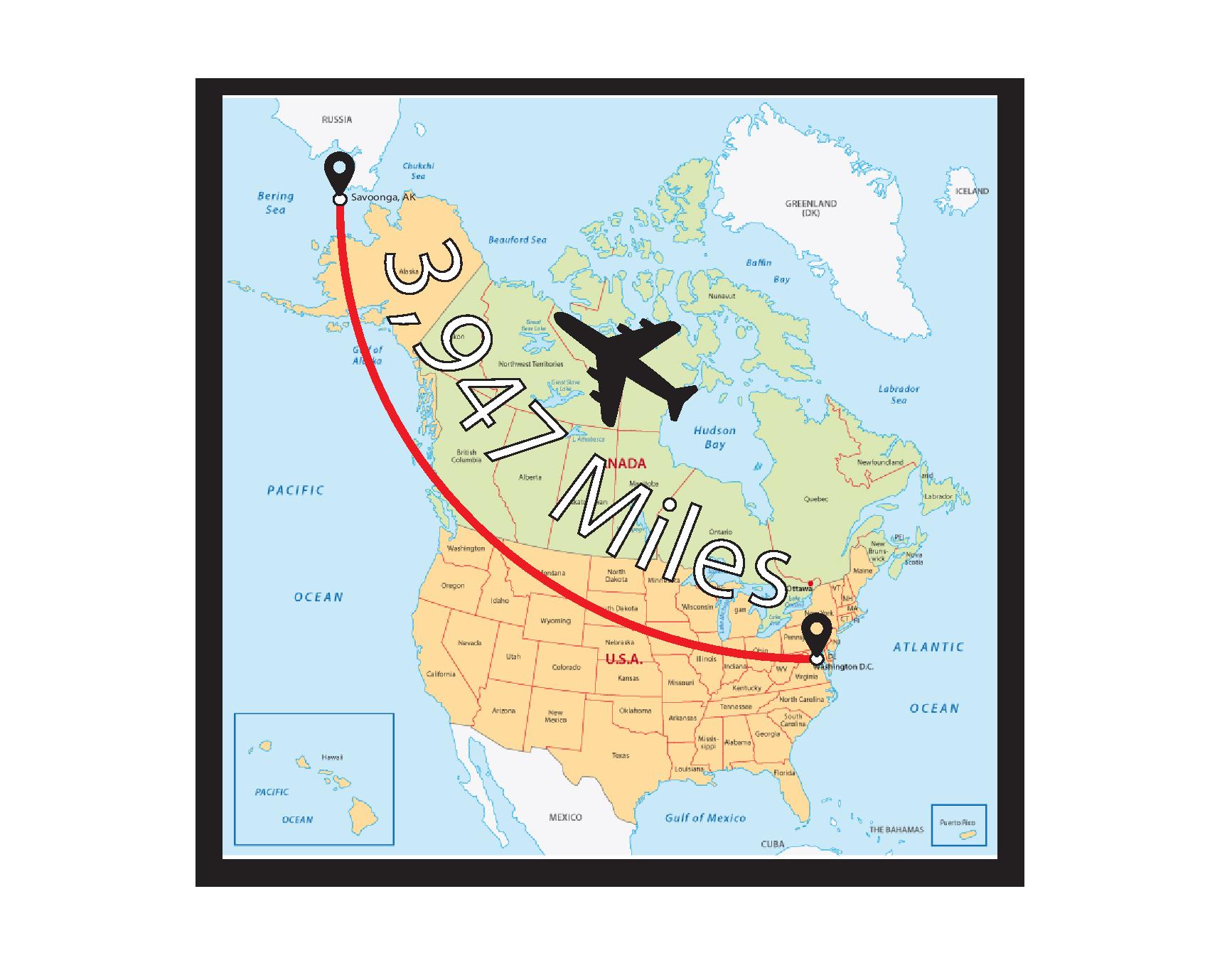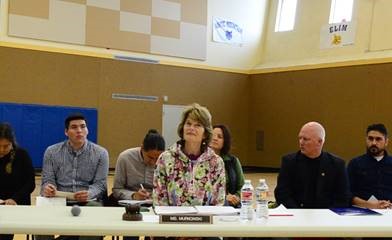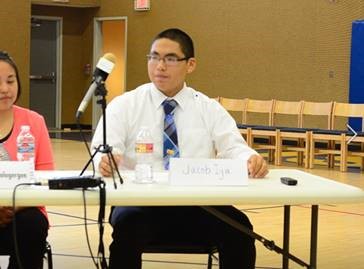Murkowski Hosts First-Ever Indian Affairs Field Hearing in Savoonga
“Overcrowded Housing and the Impacts on American Indian and Alaska Natives”
The first of its kind, U.S. Senator Lisa Murkowski (R-AK) chaired a field hearing of the Senate Indian Affairs Committee in Savoonga, Alaska. During the field hearing on overcrowded housing and the impacts on American Indian and Alaska Natives, a panel of witnesses gave testimonials to the issue as well as solutions to overcrowded housing and housing affordability across Alaska.

The hearing featured the following witnesses: President of the Native Village of Savoonga, Delbert Pungowiyi; Savoonga Clinic Manager of Norton Sound Health Corporation, Brianne P. Gologergen; Principal of Hogarth Kingeekuk Sr. Memorial School, Gaetano Brancaleone III; President/CEO of the Bering Straits Regional Housing Authority, Christopher Kolerok; Administrator of the Alaska Office of Native American Programs within Department of Housing and Urban Development (HUD), Greg Stuckey; and High School Senior at Hogarth Kingeekuk Sr. Memorial School, Jacob Iya.
“The overcrowding rate here in the Bering Strait region is one of the highest in the state, with an estimated 27 percent of households being classified as overcrowded or severely overcrowded. That’s more than 4.3 times the state-wide average and more than 8.3 times the national average,” Senator Murkowski said. “I think it is important to point out that overcrowding in Indian Country is often the expression of what is actually homelessness, with families taking in relatives or community members who otherwise could not find affordable housing options. It is not uncommon for a household in rural Alaska to have multiple generations or multiple families living in them.”

In his testimony, Christoher Kolerok, President and CEO of the Bering Straits Regional Housing Authority reflected on the prevalence and severity of overcrowded housing in the villages in the Bering Straits region, but common across Alaska and throughout Indian Country as well.
“In Savoonga, unsheltered homelessness would lead to death during the fierce winter weather. Rooted in a close-knit culture and deep familial links, many families prefer to house people in need, and live in severe overcrowding, rather than let individuals risk certain death if they are unsheltered…Overcrowded housing and the lack of housing are interchangeable conditions in rural Alaska. The lack of safe, sanitary and affordable housing threatens the survival of Native cultures and the villages and towns many Alaska Natives call home,” Kolerok said. “For American Indians and Alaska Natives, overcrowded housing is a manifestation of what would be unsheltered homelessness in other parts of the country.”
Greg Stucky, Administrator for the Alaska Office of Native American Programs within the U.S. Department of Housing and Urban Development, also spoke to the severity of overcrowded housing on American Indian and Alaska Native communities.
“Far too many American Indian and Alaska Native (AIAN) communities struggle with overcrowded housing, shortages of affordable housing, substandard living conditions, and significant barriers to economic opportunity,” Stucky said. “In 2006-2010, AIAN people living in tribal areas had poverty rate and an unemployment rate that were approximately twice as high as the national averages. During this same period, AIAN people in large tribal areas were more than seven times as likely to live in housing that was overcrowded and more than four times as likely to live in housing that did not have adequate plumbing facilities and/or kitchens than the national average.”
Jacob Iya, a senior at Hogarth Kingeekuk Senior Memorial School shared the impact of overcrowded housing on Savoonga’s culture from the unique perspective of a young Alaska Native.

“Due to funding cuts, housing becomes less available and the materials needed for the housing are bare and expensive. With said issues, our culture, language, and way of life is at risk. I see more and more children being deprived of learning their language every year. Traditions and moral values have nearly vanished, but for the years to come we have learned to live with what we have as our ancestors did before us,” Iya said. “Loss of culture and language is slowly becoming a reality, but with the assistance of the tribal community and the school, we can get our language back. We are an ever-growing people that do not know the luxury of having a new house to our own for more than a decade, maybe longer. As we look to the path ahead of us, we shall look, not with negativity or frustration, but with hope and happiness. Igamsighayuviikamken. Thank you for listening to our voice.”
BACKGROUND:
- Overcrowding affects 16 percent of American Indian and Alaska Native households in tribal areas and 10 percent in urban areas compared with 2 percent of all U.S. households.
- According to estimates from the U.S. Census American Community Survey, the overcrowding rate in the Bering Strait region is one of the highest in the state with more than 4.3 times the statewide average (6.4 percent) and more than 8.3 times the national average (3.3 percent).
- An estimated 465 homes in the Bering Strait region do not have running water and sewer, often resulting in significant health issues for residents.
- Overcrowding subsequent to the housing gap is projected to continue to increase because the current rate of housing construction is inadequate to meet the expected population growth.








